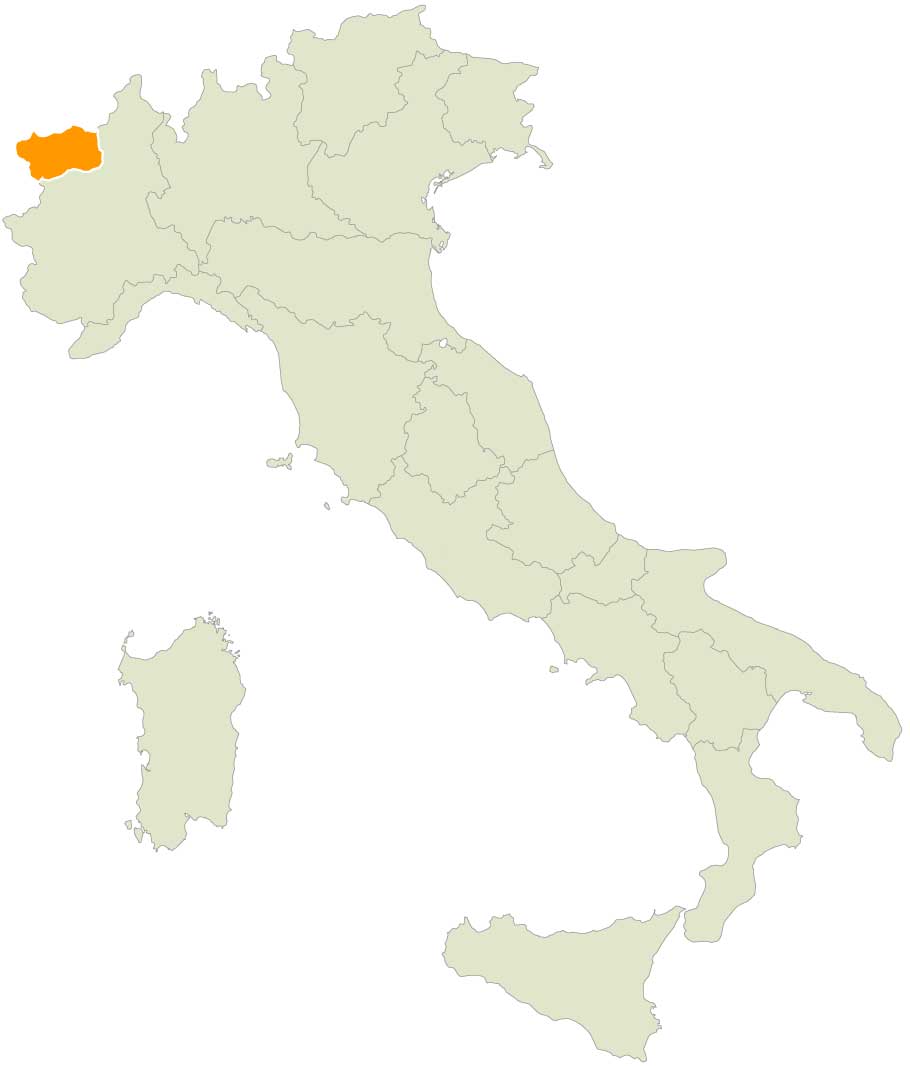Aosta Valley (Valle d'Aosta) is Italy's smallest and least populous region, just one-eighth the size of neighboring Piedmont. Despite the region's small size and minimal fame, a wide range of both red and white wines are made here from a selection of both native and introduced grape varieties.
From a wine drinker’s perspective, the geography of Valle d’Aosta is simultaneously complex and simple. The topography is mostly vertical, as the Alps reach their apex on its northwestern border with France. From the Po River Valley to the summit of Mont Blanc some 66 miles away, the land rises 15,000 vertical feet. That’s a staggering aspect.
Running right through the heart of Valle d’Aosta is a single valley, forged by the Dora Baltea River. It is here where all of the grape growing is concentrated, primarily on south-facing slopes near the valley floor where the vineyards can absorb as much sunlight as possible. Because of the steep inclines, vineyards are predominantly terraced, making viticulture labor intensive.
The wines of Valle d’Aosta are mostly classified under the region’s single DOC, the Valle d’Aosta DOC. From there, subzones provide further definition. It would seem to me that several of these subzones warrant their own DOC status. In fact, Donnas, which has made its mark with Nebbiolo, used to be its own DOC. Tiny Enfer d’Arvier, too. But in 1985, the powers that be combined them all into a regional catch-all and defined what was left as subzones. Given today’s demands for authenticity and sense of place, you can’t help but wonder if the subzones are clambering for separation once again. Perhaps having “Valle d’Aosta” on the label - and its conjuring of frosty peaks - has enough of a coattail effect to keep things as they are.
The valley is commonly divided into the Lower, Central and Upper Valley, each with its own subzones and defining grape varieties.

